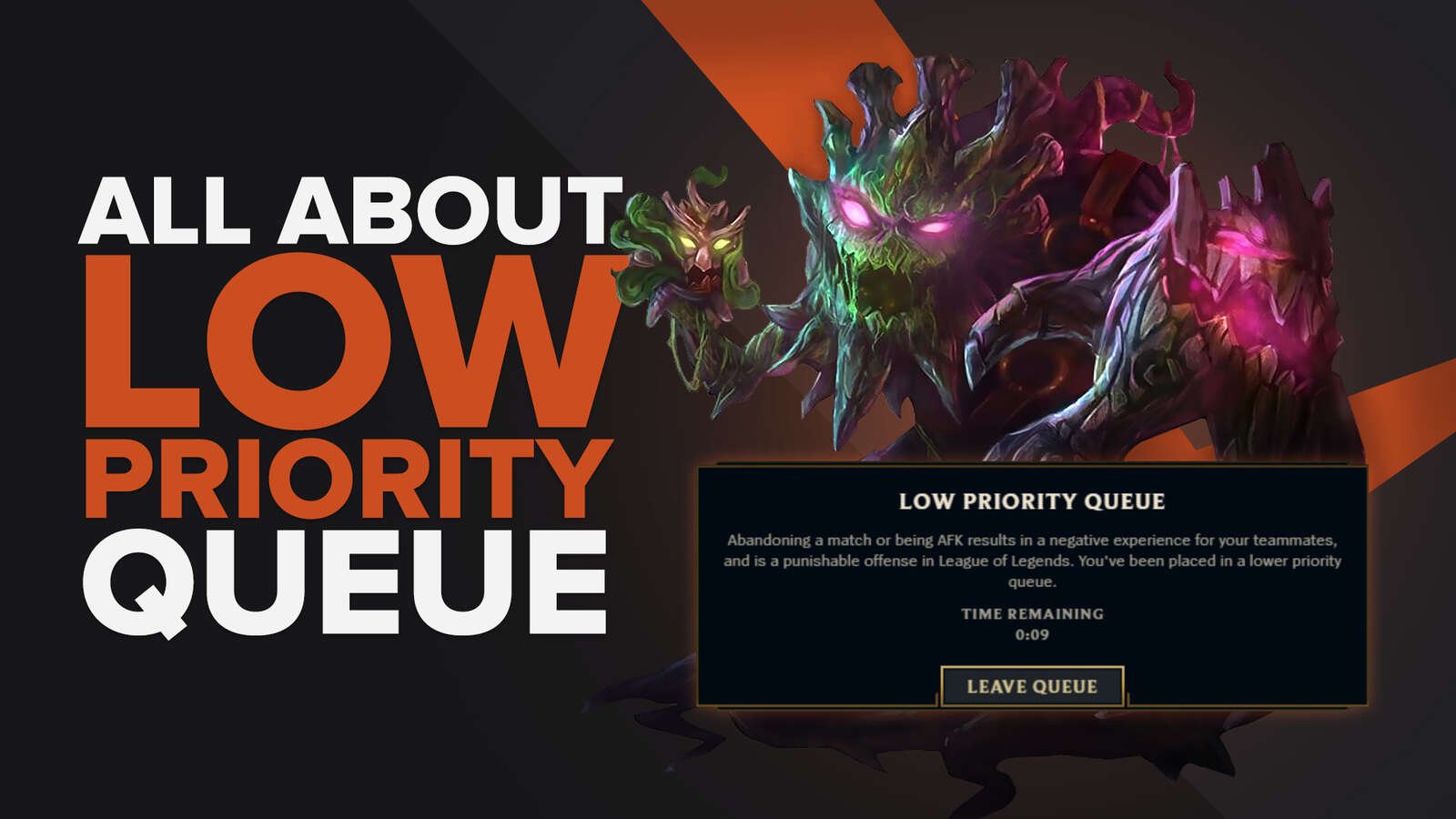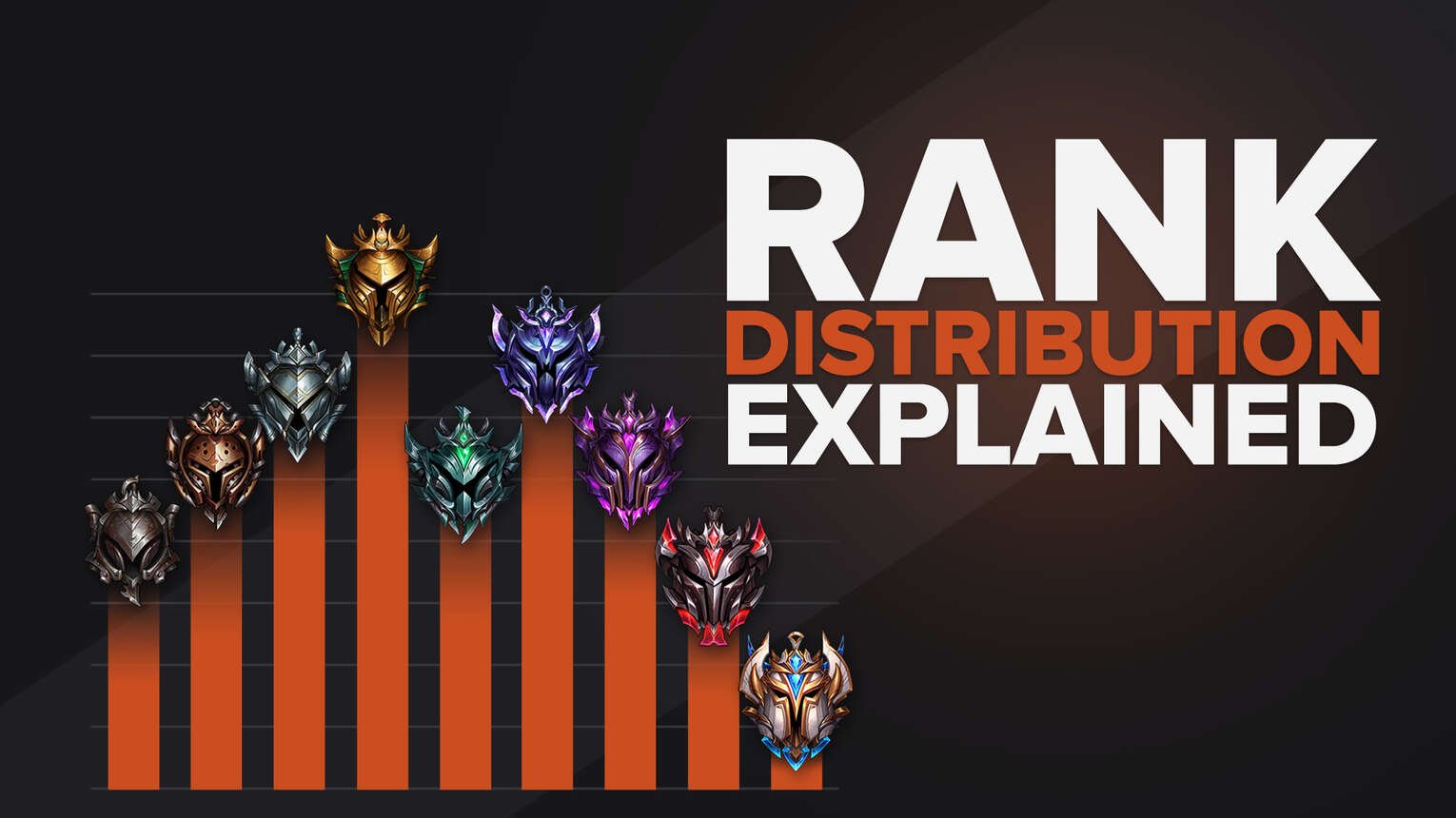
While the ranking system in League of Legends has nine tiers of ranks found within, the player base usually congregates around a few, every season. The real question is, what is the percentage of players that can be found in your rank, denoting how good you really are, and what your skill level is?
How Does LoL Rank System Work
The competitive ranked system in League of Legends functions in an extremely simple manner, with nine distinct tiers. League of Legends players gather League Points, aka LP, with every won ranked game, and lose it with all ranked games lost while playing ranked, whether it’s Solo Queue or Flex Queue.
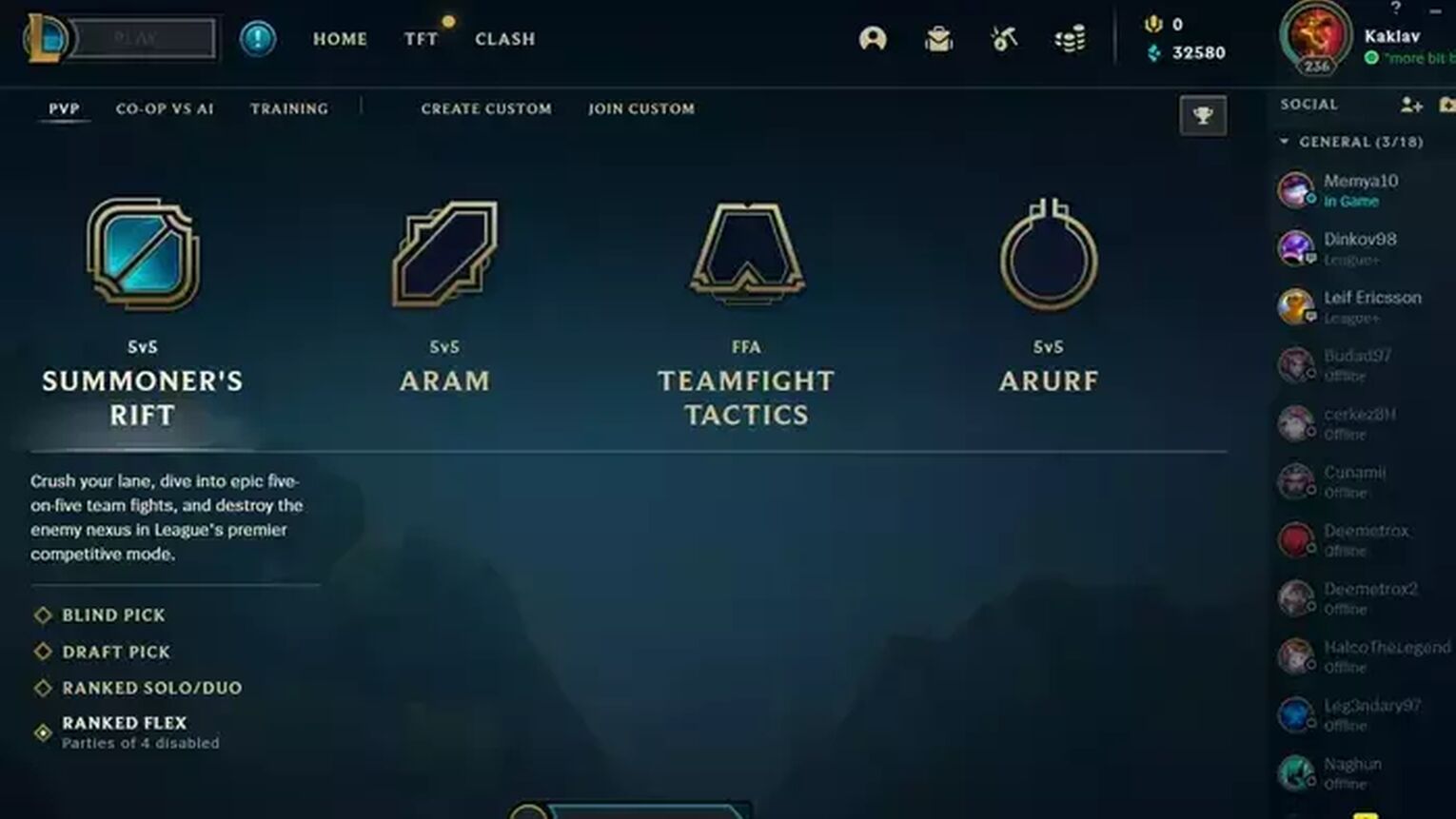
Every 100 League Points, every League of Legends player climbs one rank, while every four ranks, they move up to the next Tier. However, the number of players found in every division and rank is not linear, making the distribution curve look unstable the further up you go in rank, and changes based on how far into the competitive League of Legends season you are in.
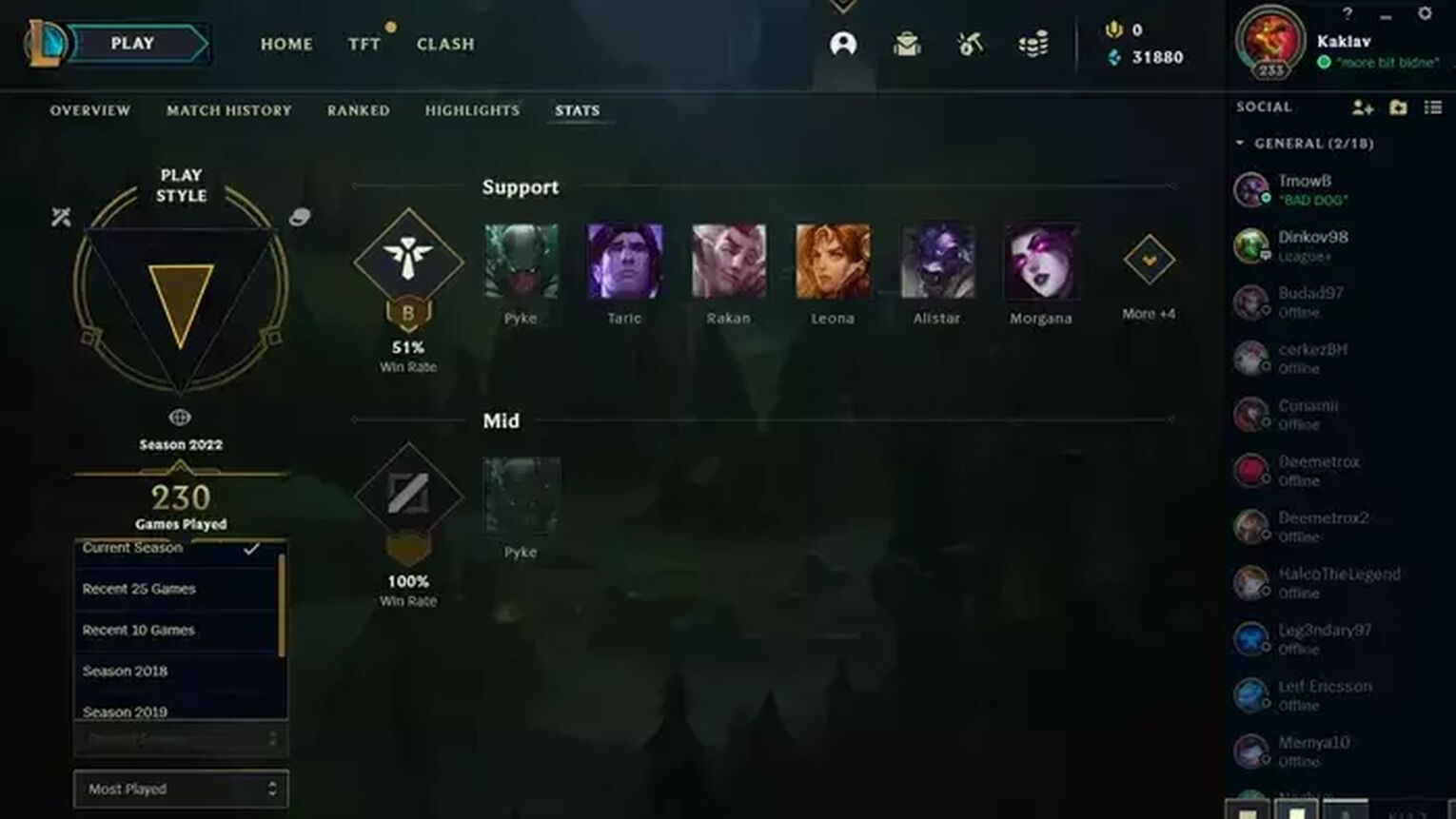
It also bears mentioning that the mentioned seasons last, roughly, 10 months every year, and their end gets your rank reset, with you starting the next season with only one division below where you finished the previous season. That means that every season is a new start, not accounting for MMR that is.
League of Legends Rank Distribution
League of Legends, as a game with millions of daily players, has its competitive scene shift every day. However, the rank distribution usually stays, relatively, the same percentage-wise.
Of course, as the season progresses, with wins giving more LP than losses take away until you’ve depleted your MMR, most players gravitate around the high Silver, low Gold rank.
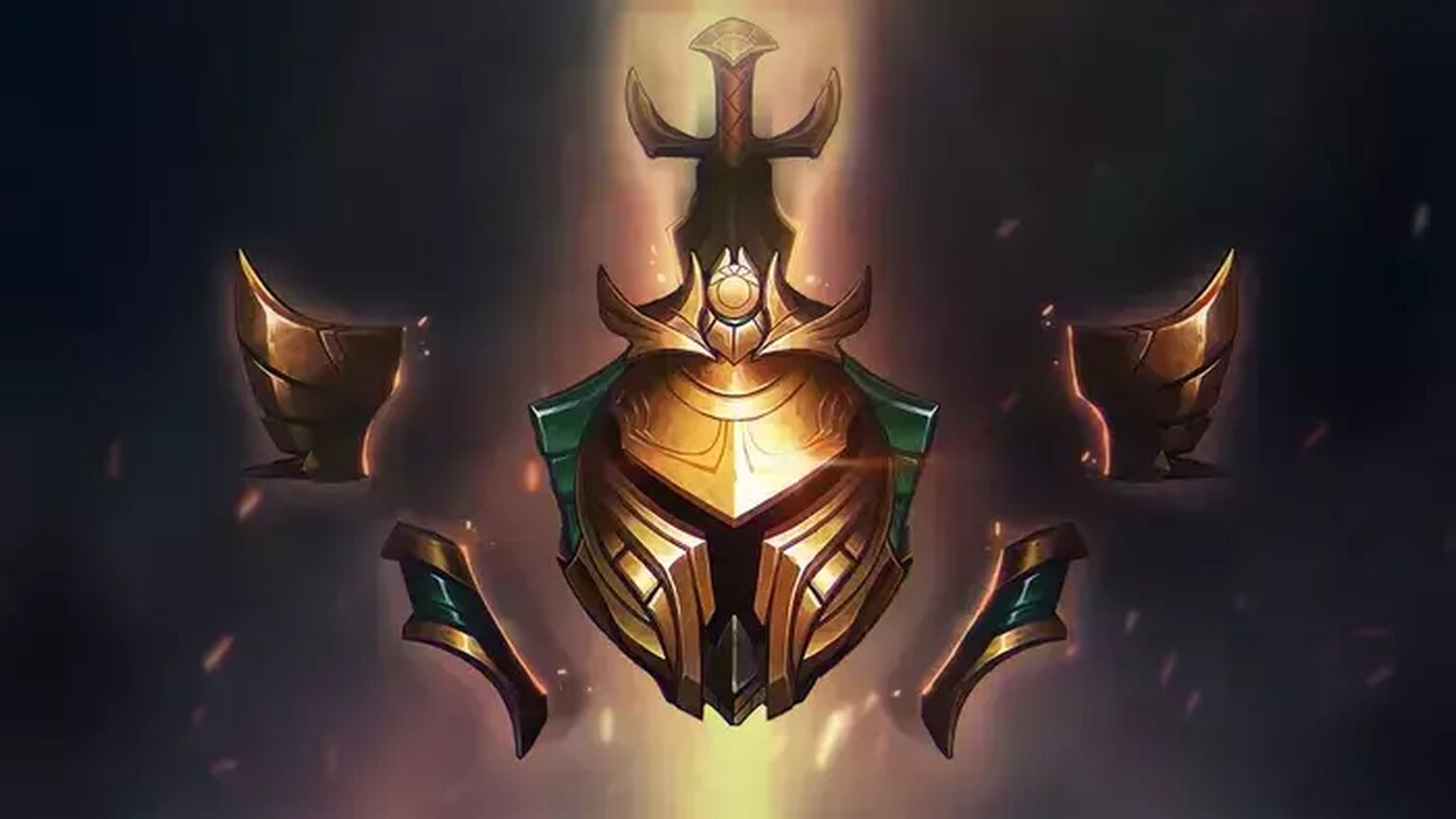
Solo-Duo Queue Rank Distribution
The most famous of League of Legends competitive modes is the Solo Queue, officially known as Solo/Duo Queue. This is where your rank really counts, according to most players, with Flex Queue widely considered an inferior competitive mode. This is what the League of Legends rank distribution in Solo Queue looks like:
| RANK | DISTRIBUTION |
|---|---|
| Iron IV | 0.13% |
| Iron III | 0.25% |
| Iron II | 0.51% |
| Iron I | 0.92% |
| Bronze IV | 3.2% |
| Bronze III | 3.8% |
| Bronze II | 5.5% |
| Bronze I | 5.9% |
| Silver IV | 11% |
| Silver III | 8.4% |
| Silver II | 9.1% |
| Silver I | 7.2% |
| Gold IV | 14% |
| Gold III | 6.3% |
| Gold II | 5.2% |
| Gold I | 3.3% |
| Platinum IV | 6.3% |
| Platinum III | 2.2% |
| Platinum II | 1.5% |
| Platinum I | 1.9% |
| Diamond IV | 0.71% |
| Diamond III | 0.31% |
| Diamond II | 0.23% |
| Diamond I | 0.24% |
| Master Tier | 0.13% |
| Grandmaster Tier | 0.025% |
| Challenger Tier | 0.010% |
All of these ranks contain players that play the game solo, thus the name Solo Queue, and with a duo partner, thus the name Duo Queue. However, Duo Queue can only be played until Master Tier, after which the advantage of having a duo partner is far too big.
In addition, from Master Tier and upwards, there are no divisions within a tier, with the number of players decreasing exponentially, making having a Duo partner to communicate with in-game, even more useful.
Flex Queue Rank Distribution
Unlike the Solo/Duo Queue, Flex Queue allows for any number of players to make up a five-man team. That is, this League of Legends competitive game mode can be played solo, with a duo partner, two other friends, and even a full five-man team.
The only premade team composition that cannot be played in Flex Queue, is a four-man team. This is to ensure that the fifth, random, League of Legends player doesn’t get picked on by every other player on the team.
In Flex Queue the League of Legends rank distribution looks a little differently:
| RANK | DISTRIBUTION |
|---|---|
| Iron IV | 0.023% |
| Iron III | 0.087% |
| Iron II | 0.29% |
| Iron I | 0.91% |
| Bronze IV | 2.3% |
| Bronze III | 2.9% |
| Bronze II | 6.0% |
| Bronze I | 9.7% |
| Silver IV | 12% |
| Silver III | 8.8% |
| Silver II | 11% |
| Silver I | 10% |
| Gold IV | 10% |
| Gold III | 5.2% |
| Gold II | 5.3% |
| Gold I | 3.9% |
| Platinum IV | 3.5% |
| Platinum III | 1.5% |
| Platinum II | 1.2% |
| Platinum I | 1.2% |
| Diamond IV | 0.49% |
| Diamond III | 0.23% |
| Diamond II | 0.16% |
| Diamond I | 0.13% |
| Master Tier | 0.093% |
| Grandmaster Tier | 0.0088% |
| Challenger Tier | 0.0049% |
As we can see, high elo in Flex Queue has a larger percentage of players than Solo Queue or Duo Queue that is. This is due to the fact that a smaller number of players play Flex Queue seriously, compared to Solo Queue, as well as the fact that it’s easy to abuse the system and play against lower-ranked players for free LP.
What is the Average Rank in League of Legends?
As we can see, statistically, the most average rank is Silver IV, and it holds about 11% of all players in solo Queue and 12% in Flex Queue. Silver IV is the ninth rank in the League of Legends ranking system and the first rank of the Silver Tier, which alone contains about 40% of the game’s player base.
| RANK | DISTRIBUTION |
|---|---|
| Iron | 1.8% |
| Bronze | 18% |
| Silver | 33% |
| Gold | 32% |
| Platinum | 12% |
| Diamond | 1.5% |
| Master | 0.18% |
| Grandmaster | 0.042% |
| Challenger | 0.020% |
This division is also where the real tryhard begins, as players compete for additional end-of-season prizes. It bears mentioning that, by every season’s end, the rank with the most players shifts to Gold IV, the next rank from the Silver Tier, as more and more players manage to grind out the final steps to the Gold Tier.
What is High Elo in League of Legends?
Once upon a time, when League of Legends was just starting out, the highest rank any player could reach was Diamond Tier. Nowadays that has changed, but the old influence remains.
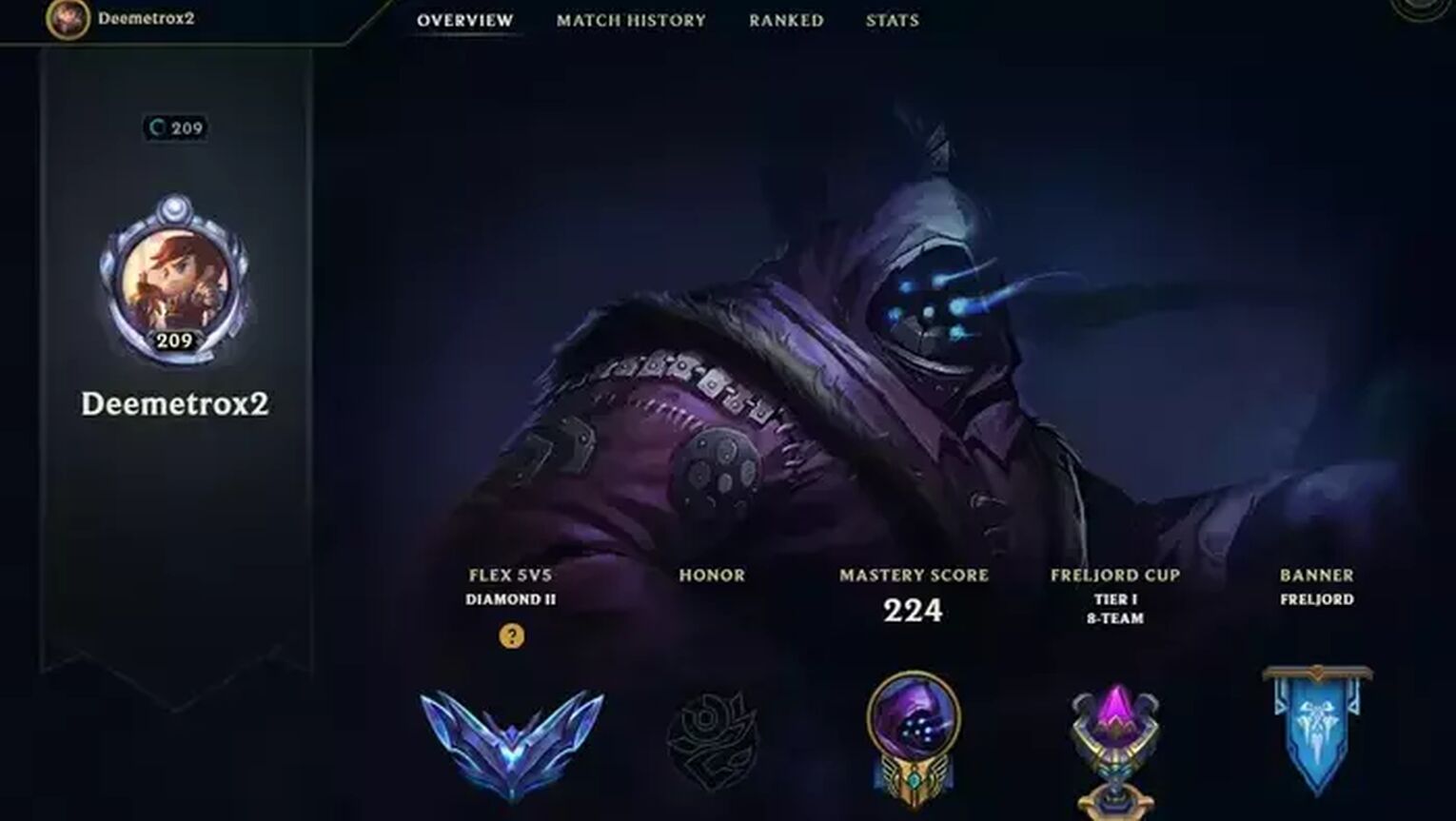
To be eligible in competing professionally, players must have an account with a DIamond I rank, on the ranked ladder. As such, we consider Diamond I to be the rank from which League of Legends High Elo starts. This is further confirmed by the ranked distribution, as well.
Furthermore, even Faker, the most famous League of Legends pro player in the world, has finished a ranked season with a Diamond I rank, once.
Of course, that was due to burning out due to targeted ints against him, but even so, if Faker finished a season with a certain rank, you can be sure that rank is one of the highest tiers, where high elo starts.


.svg)


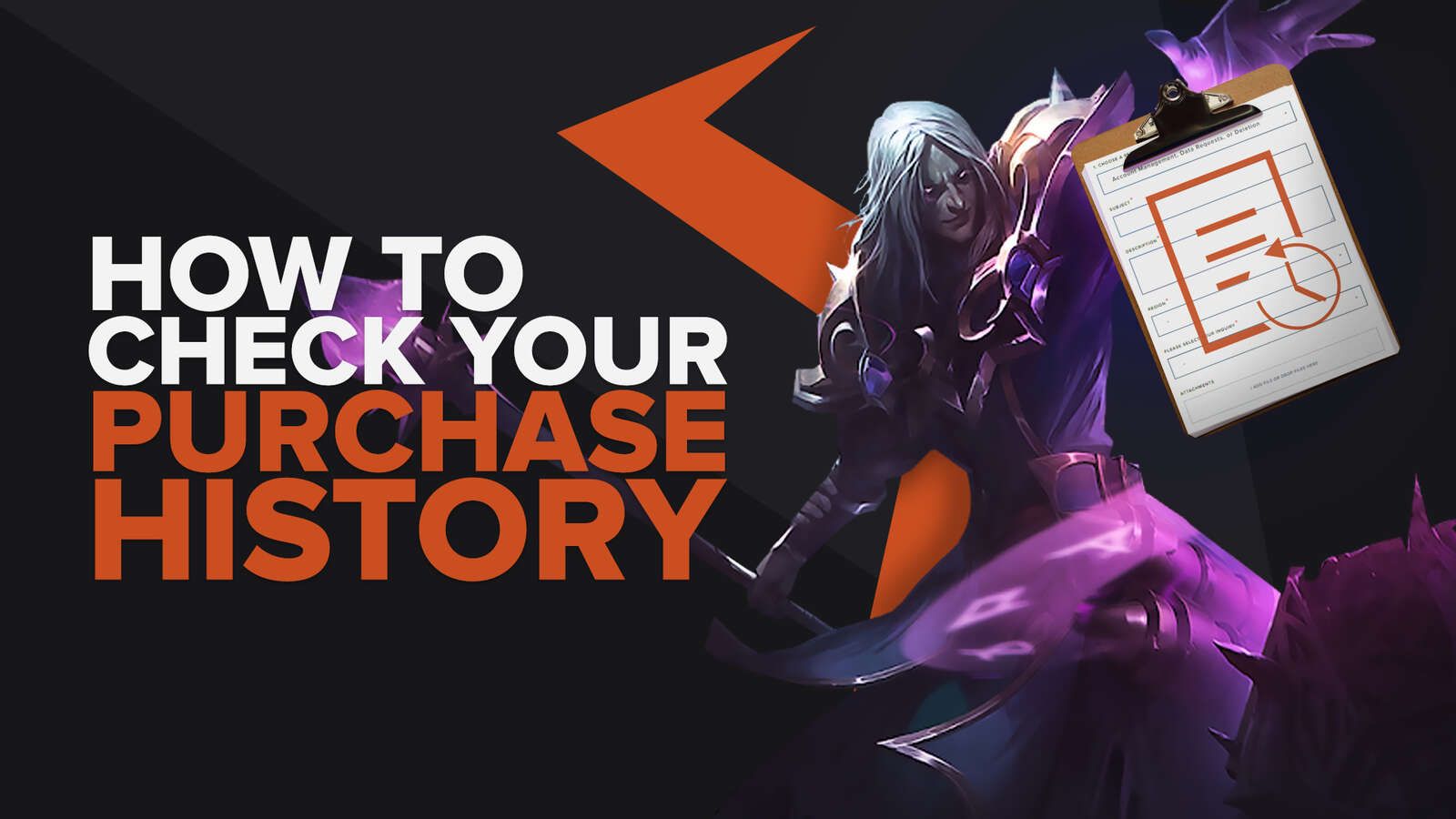
![How To Easily Check Honor Progress in LoL [Step-by-Step]](https://theglobalgaming.com/assets/images/_generated/thumbnails/591276/HOW-TO-CHECK-HONOR-PROGRESS_03b5a9d7fb07984fa16e839d57c21b54.jpeg)
![6 Hottest LoL Champions Out There [#5 Might Surprise You]](https://theglobalgaming.com/assets/images/_generated/thumbnails/66223/6208771dd96fc566fbeb928a_hottest20champions20lol_03b5a9d7fb07984fa16e839d57c21b54.jpeg)
